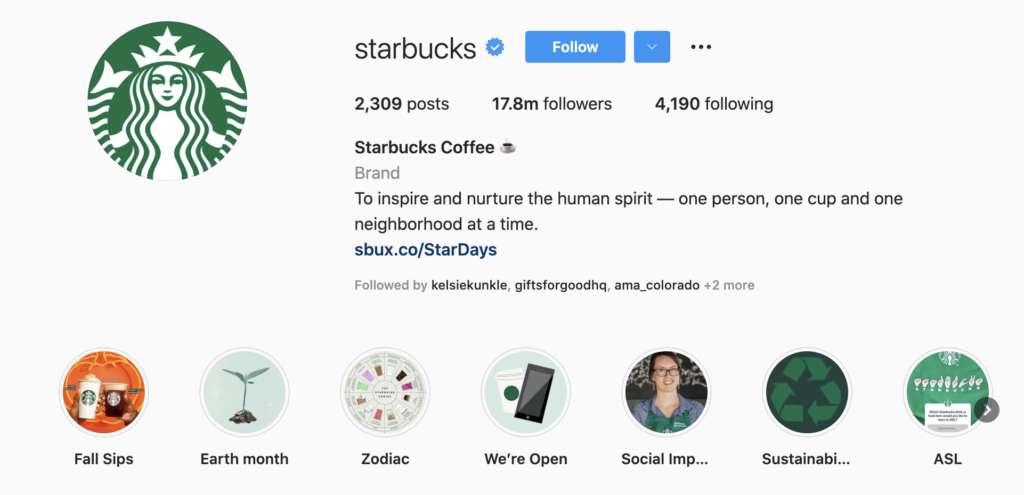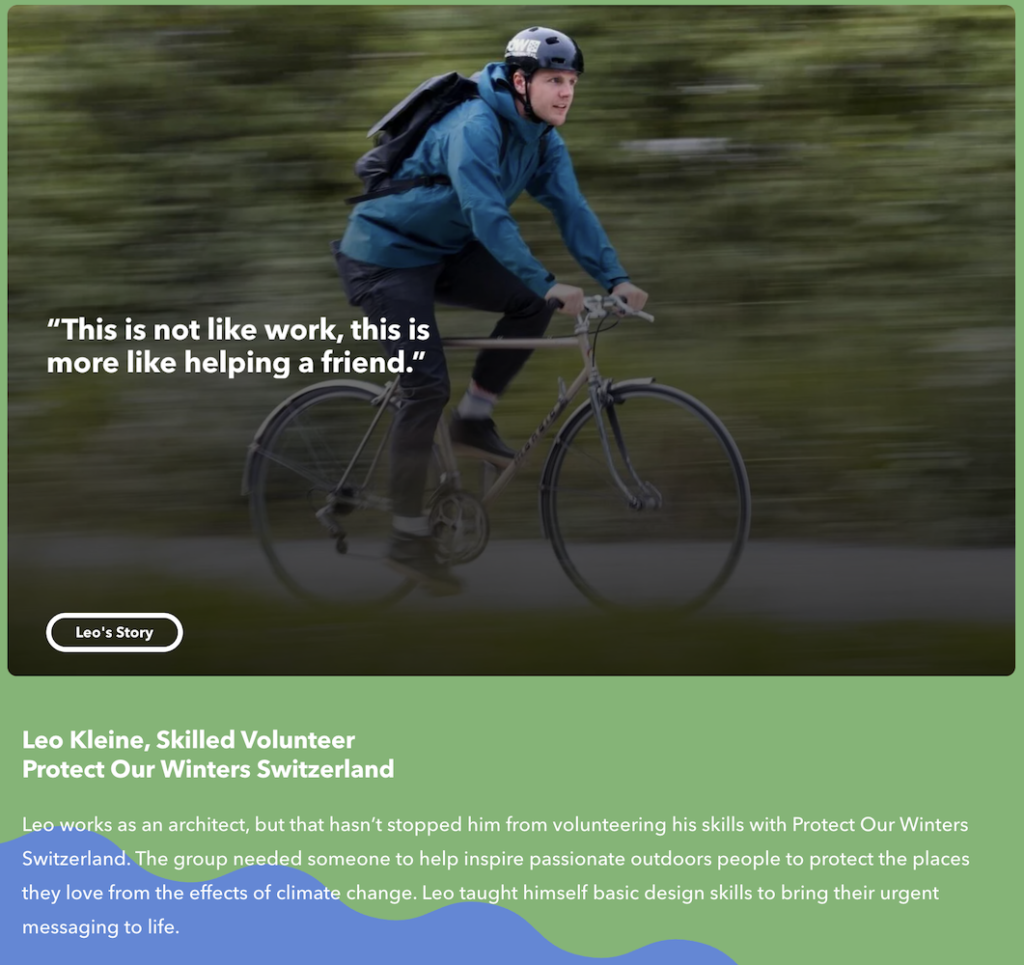A mission-driven business deserves a mission-driven content strategy.
Your mission is what separates your business from the pack. It attracts your ideal audience and gives them a reason to choose you over competitors. But it won’t do you much good if your audience doesn’t know (or care) about it.
Creating a mission-driven content strategy helps ensure the content you put out is aligned with your brand mission and values. It allows you to:
- Spread awareness of your mission
- Differentiate yourself from competition
- Create more engaging content
- Attract others who share the same values
Every piece of content is a chance to express and reinforce your brand’s mission. By weaving your mission into your content strategy, you create more opportunities for your audience to find you, know you, and join you.
This blog post will cover how to create a mission-driven content strategy. If you need help with your own content strategy, consider booking a discovery call with the Wholeheart team.
Know your mission
Since you’re reading this article, you’ve probably identified a mission for your business. Still, it’s worth revisiting your mission statement to ensure it’s up-to-date, specific, and emphatically captures the real purpose behind your business operations.
A strong mission will outline a company’s purpose or “why”, who it intends to serve, and how it intends to serve that purpose. Your mission should be clear, compelling, and directly tied into your products and/or services.
For an example, let’s look to Patagonia, a leader in the mission-driven business arena.
“Build the best product, cause no unnecessary harm, use business to protect nature.”
Patagonia
Because Patagonia is clear on its mission, they are able to build it into its content strategy. They routinely publish content on environmental and social activism and responsible manufacturing processes. They even encourage customers to repair rather than replace well-worn Patagonia gear.

The result is content that feels authentic, is heartwarming to consume, and directly aligns with their values, mission, and products.
Know your audience
You’ve heard it all before– the importance of knowing your audience. That means going beyond basic demographics like age or gender and digging into what your audience really cares about.
Patagonia knows their customers are outdoorsy people. Outdoorsy people tend to care about the environment. They also value clothes that can withstand their active lifestyles and potentially harsh conditions.
Now let’s look at how Patagonia weaves this knowledge of their audience (and mission) into their content.

Here we see the brand featuring “folks working with purpose to leave the world better than they found it.” They may be wearing Patagonia, but the story isn’t about that. It’s shining a light on people who are out there, in the wilderness, helping to save the planet. And wearing Patagonia.
Because they know their audience, Patagonia is able to build customer-driven stories into their content strategy. These stories resonate with their audience and demonstrate Patagonia’s promise to “build the best products” and “use business to inspire and implement solutions to the environmental crisis.”
Be consistent with your messaging
Brand messaging is the art of using the right words to communicate the essence of your brand to potential customers. Every piece of content you create is another opportunity to reinforce that messaging.
That’s not to say all content should be about the same topic. But people should be able to look at a single content piece and get some sense of your brand’s purpose.
Here at Wholeheart Agency, our key messaging includes “Business can be a force for good” and “use marketing to drive your mission.” Not every piece of content we create blatantly says these things, but these ideas are constantly weaved into the content we create.

Whether it’s a quote graphic on Instagram, the post caption, or blog posts like this one, being consistent with our messaging is a key part of our mission-driven content strategy.
Identify opportunities for mission-specific content
Realistically, you can’t make every piece of content about your mission. You have a business to run and other things to talk about. You can strike a healthy balance by identifying opportunities to focus on mission-driven content, no sales strings attached.
Let’s take social media. A popular social media strategy is identifying key content categories, or topics, that you create content around. For a salon, this might be “Our Team” “Hair Transformations,” “Massages/Facials,” and “How to Book.” This salon could add another category for their “Haircuts for the Homeless” program, and commit to posting in that category every Friday.

You can see how Starbucks implemented this strategy above. They’ve gathered their mission-driven content into Instagram highlights– Earth Month, Social Impact, Sustainability, and ASL.
Social media is a great opportunity to highlight mission-driven content, but it’s not the only option. How about your website? Could you create a landing page where you provide details and updates on your mission? Could you commit to one blog post a month around a topic related to your mission?
However you decide to do it, identifying a time and place for mission-driven content makes it more likely to get done. You may even find that you get some of the best engagement from this kind of heartwarming content.
Create content that inspires action
For most businesses, the main thing they want from their customers is money. They’re much less concerned with their customers’ overall fulfillment in life, or their impact on the world around them.
What if a company also valued the emotional impact they had on their audience, and the actions they inspire? Doing this makes your content inherently more interesting. You’re not just trying to sell, sell, sell– you’re encouraging them to take a walk. Hug a loved one. Volunteer. Donate. Take a moment for themselves.

A large portion of Patagonia’s website is dedicated not to product sales, but to activism. They feature people who volunteer, giving them a platform to tell their stories and encourage volunteering. They may be wearing a Patagonia jacket in the photos, but the point isn’t to sell the jacket. It’s to inspire.
Highlight others in your content strategy
Everyone likes a little recognition. Why not highlight others who are doing great things that relate to your mission in your content strategy? In doing so, you’re helping to spread awareness and uplift diverse voices, showing you’re not only interested in promoting yourself. It’s a simple yet powerful way to demonstrate your commitment to the cause.
There is also a good chance the person or organization will share the content, helping you reach new audiences. You may even be able to develop a relationship with them, which is helpful for the next suggestion.
In the Patagonia example above, they publish customer stories around real people doing extraordinary things. That makes them inherently interesting. By highlighting others in their content strategy, they are giving others a chance to shine while also publishing content that inspires action.
Collaborate with others
It’s hard to drive real change alone. Collaborating with others can help you reach new audiences, combine skill sets, and discover and share a new perspective.
Let’s say you’re a T-shirt company that donates 3% of sales to organizations that support minority-owned businesses. You could reach out to entrepreneurs of color on Instagram who would be happy to share your mission-driven product. Maybe you could even team up with them on a limited-edition T-shirt they design and help promote.
Either way, the collaboration would likely drive sales and donations, and expand your reach within a new and relevant demographic. As long as those you team up with care about the mission, the collab should ultimately fit into your mission-driven content strategy.
Invest in resources as needed to execute a successful mission-driven content strategy
Creating meaningful content takes time, skill, and patience. This is especially true for content that touches a sensitive subject matter. Slapping something together with little planning can be dangerous. articularly for content that touches a sensitive subject matter, it can be dangerous to slap something together with little strategy or planning.
Invest the time and, when possible, resources into getting the tools and support you need to execute a successful strategy. This could be investing in new gear, taking the time to learn about an issue, or hiring a team like Wholeheart to help plan and execute your strategy.

 hire us
hire us